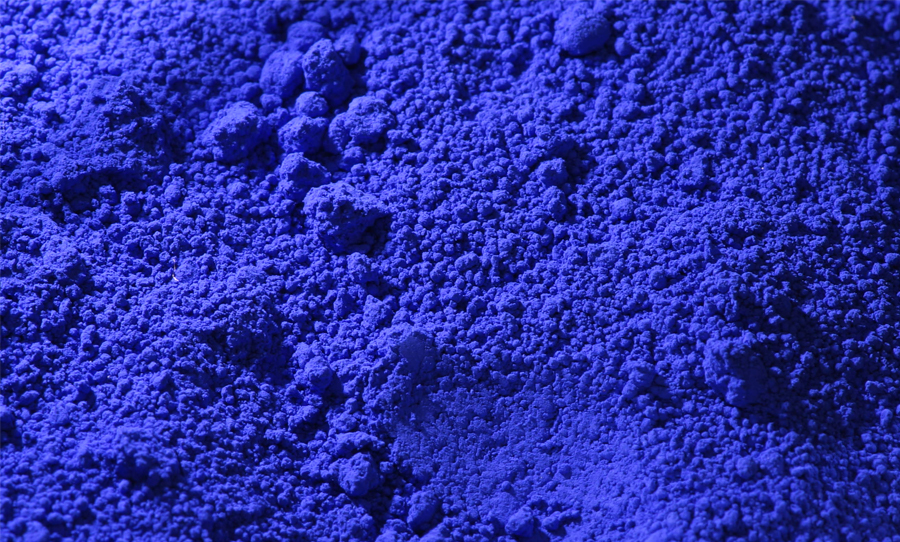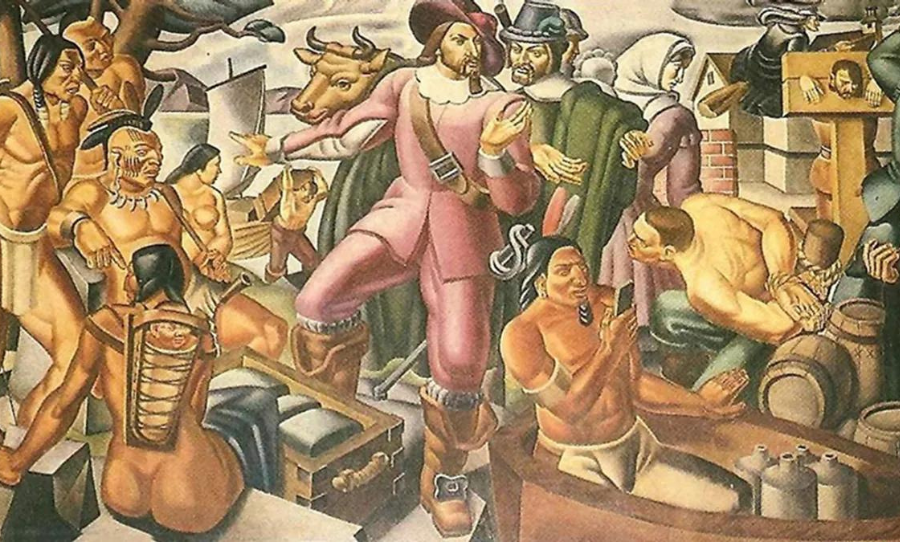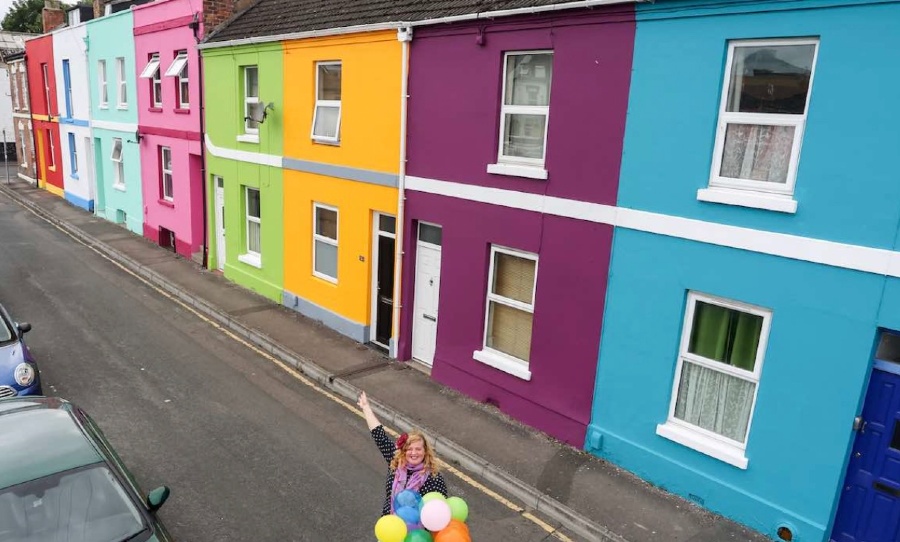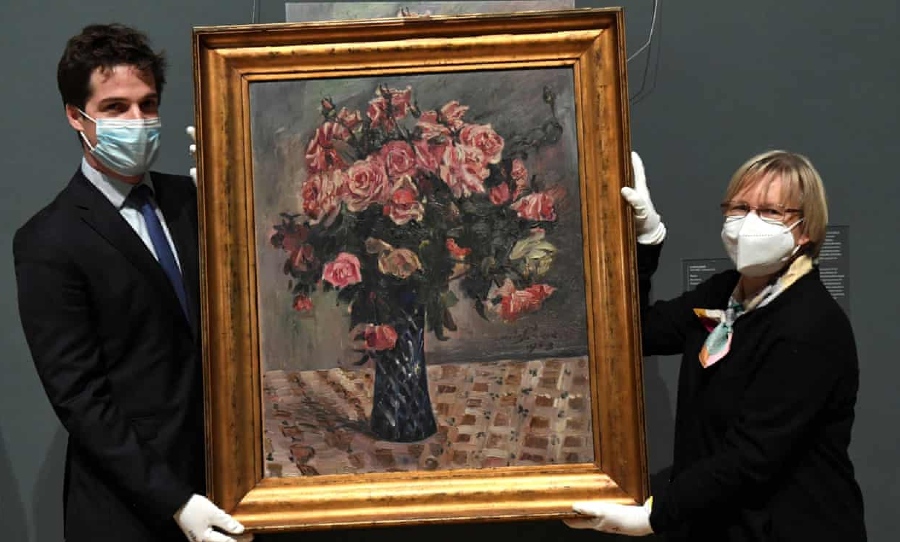Blue is one of the oldest man-made pigments, with traces of it dating back thousands of years. Now, there’s a new one: YInMn Blue.
In 2009, Oregon State University graduate Andrew Smith was part of a team researching materials for electronics applications. Smith was examining the electronic properties of manganese oxide when heated to 1200 degrees Fahrenheit when he accidentally discovered YInMn Blue.
Because the colour was created at incredibly high temperatures, it means that the pigment is more durable than other blue compounds. YInMn reflects heat and absorbs UV radiation, making it cooler and more durable than pigments like cobalt blue.

“Blue pigments dating back to ancient times have been notoriously unstable—many fade easily and contain toxic materials,” Oregon State University explained. “The fact that this pigment was synthesized at such high temperatures signalled to [the team] that this new compound was extremely stable, a property long sought in a blue pigment.”
Described as a cross between “Ultramarine blue and Cobalt blue,” YInMn Blue fills “a gap in the range of colours,” art supply retailer Georg Kremer said. “Our customers loved it from the very first moment they had seen it.”
In other news, my favorite shade of blue is now YInMn blue and everything in my life will be #YInMnBlue
— Oooh, barracunty!! (@Speakernight) January 27, 2021
Nearly a decade after the colour’s discovery in 2007, it’s now available to buy in America. The authentic YInMn pigment is available for sale in paint retailers like Golden, according to Artnet. It has already been used in art projects by students from Oregon State University.
In Tokyo this time last year, I went to Pigment to buy YInMn blue. I’ve been tinkering since with a reasonable facsimile out of edible colour; these are NOT ofc actual YIMn blue, but they are pretty tasty black pepper and treacle cookies with mochi fondant and ultramarine blue. pic.twitter.com/wb5BAjeuty
— Kate Pritchett (@sashimimimi) January 30, 2021
YInMn has already been a source for inspiration for mass art supplier companies like Crayola, who designed a crayon called Bluetiful based on the pigment, back in 2017.



